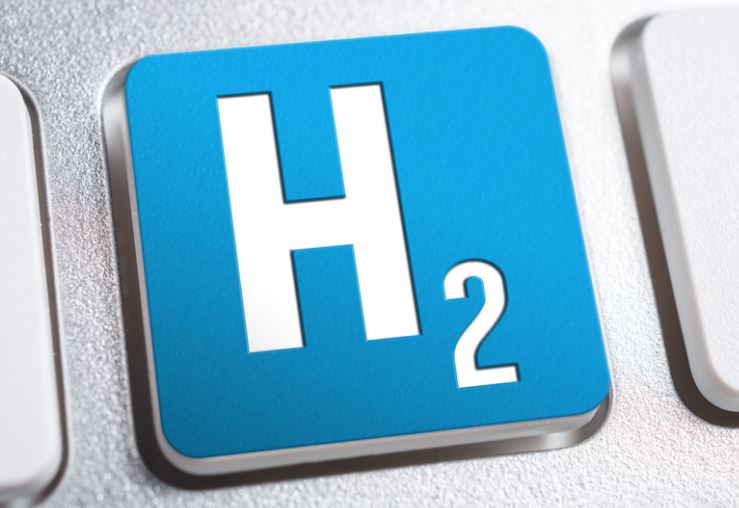The global push for hydrogen as a key component of the future energy mix has gained significant momentum in recent years. As we delve into 2024, the question remains: how effectively are countries and companies translating hydrogen demand into practical, large-scale implementation?
Hydrogen is increasingly seen as a pivotal element in the transition to cleaner energy. The report outlines that while the demand for hydrogen continues to grow, the gap between ambition and execution is still notable. Key players are investing heavily, yet the pace of development varies significantly across regions and sectors.
Europe: Leading the Charge
Europe remains at the forefront of hydrogen development, with countries like Germany, the Netherlands, and France making substantial investments. The European Union’s hydrogen strategy aims to install at least 6 GW of renewable hydrogen electrolyzers by 2024, a target that is ambitious yet achievable given the current trajectory.
Asia: Rapid Expansion but with Challenges
In Asia, Japan and South Korea are notable for their advanced hydrogen strategies. However, the report highlights that despite significant advancements, these countries face logistical and infrastructural challenges that could hinder large-scale deployment.
North America: Emerging Contender
The United States and Canada are emerging as key players in the hydrogen market, driven by supportive government policies and substantial private sector investment. Yet, the report notes that regulatory uncertainty and market fragmentation could slow progress.
The report provides a comparative analysis of current efforts against established industry benchmarks. For instance, the International Energy Agency (IEA) has set out clear targets for hydrogen production and utilization. The analysis reveals that while some regions are on track, others lag behind, highlighting the need for a coordinated global effort.





